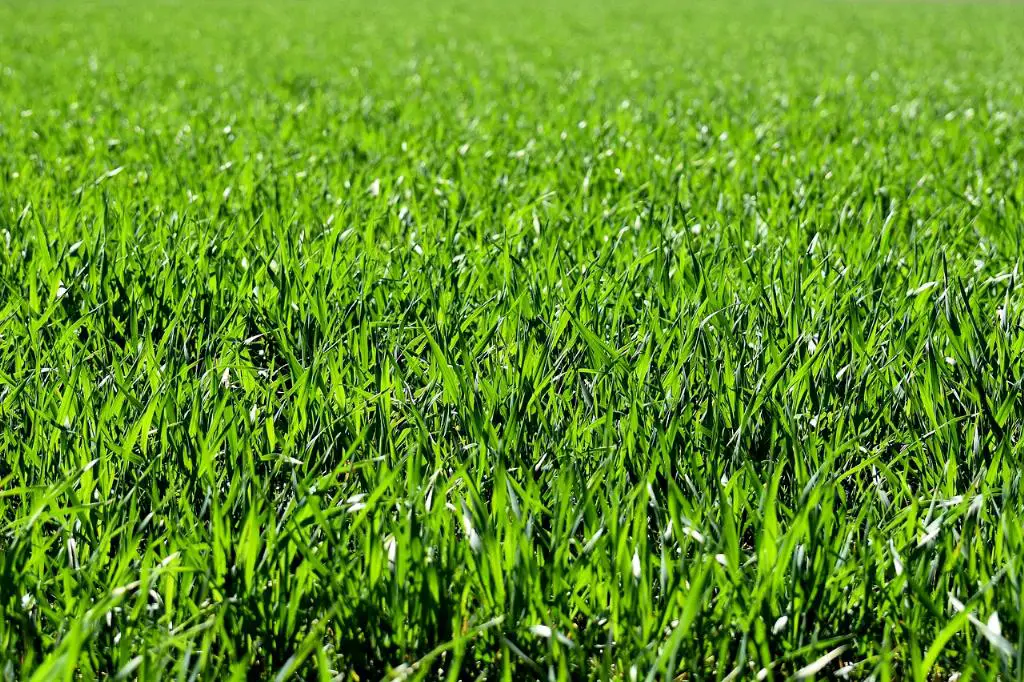Have you ever heard the term “lawn lobsters” and wondered what it means? Well, let’s dive into the fascinating world of these curious creatures and uncover the mystery behind their unusual nickname.
Exploring the Secret Underground World
Lawn lobsters are not actually lobsters found in your yard, as the name might suggest. Instead, they serve as gateways to the hidden underground world of various species of crayfish, collectively known as Chimney Crayfish. These intriguing creatures are also commonly referred to as mudbugs and crawdads.
The Resemblance to Miniature Lobsters
One interesting fact about crayfish is that they bear a striking resemblance to miniature lobsters. These arthropods share similar physical characteristics, such as a segmented body, jointed legs, and claws. However, crayfish are typically much smaller in size compared to their marine counterparts.
The Importance of the Name “Lawn Lobsters”
The term “lawn lobsters” likely stems from the presence of chimney crayfish burrows in lawns and yards. These burrows, which resemble miniature chimneys, serve as entrances to the underground tunnels where crayfish dwell. As a result, the nickname “lawn lobsters” reflects their unique habitat and behavior.
Ecological Role of Crayfish
Crayfish play a vital role in the ecosystem as they serve as both predator and prey. They help regulate the population of aquatic organisms by feeding on smaller animals, plants, and detritus. Additionally, they are an essential food source for various fish, birds, and mammals.
Adaptations for Survival
To thrive in their underground environment, crayfish have developed several adaptations for survival. These include specialized claws for digging burrows, sensitive antennae for detecting predators, and remarkable agility for navigating through narrow tunnels.
Behavioral Patterns of Crayfish
Crayfish exhibit interesting behavioral patterns, such as building elaborate burrows, mating rituals, and territorial defense. They are known for their aggressive behavior when defending their burrows and engaging in disputes with other crayfish over territory.
Unique Characteristics of Chimney Crayfish
Chimney crayfish, the specific group of crayfish referred to as “lawn lobsters,” possess unique characteristics that set them apart from other crayfish species. These may include variations in size, coloration, and burrow-building habits.
Environmental Impact of Crayfish
While crayfish play a crucial ecological role, they can also have a significant impact on their environment. In some cases, invasive crayfish species can outcompete native species, leading to disruptions in the local ecosystem. It is essential to monitor and manage crayfish populations to maintain ecological balance.
Conservation Efforts for Crayfish Species
Due to the threats posed by habitat destruction, pollution, and invasive species, conservation efforts are underway to protect crayfish populations. Conservationists work to preserve the habitats of crayfish, raise awareness about their importance, and implement measures to sustain healthy crayfish populations.
Interactions with Human Populations
As fascinating creatures that inhabit both aquatic and terrestrial environments, crayfish have various interactions with human populations. They are sometimes used as bait for fishing, serve as food in culinary dishes, and are popular aquarium pets. Understanding the role of crayfish in nature is essential for coexisting harmoniously with these unique creatures.

Conclusion
In conclusion, lawn lobsters, also known as chimney crayfish, offer a window into the hidden world beneath our feet. These miniature “lobsters” play a vital role in the ecosystem, exhibit intriguing behaviors, and possess unique adaptations for survival. By appreciating and conserving these fascinating creatures, we can contribute to the preservation of biodiversity and the delicate balance of nature.
